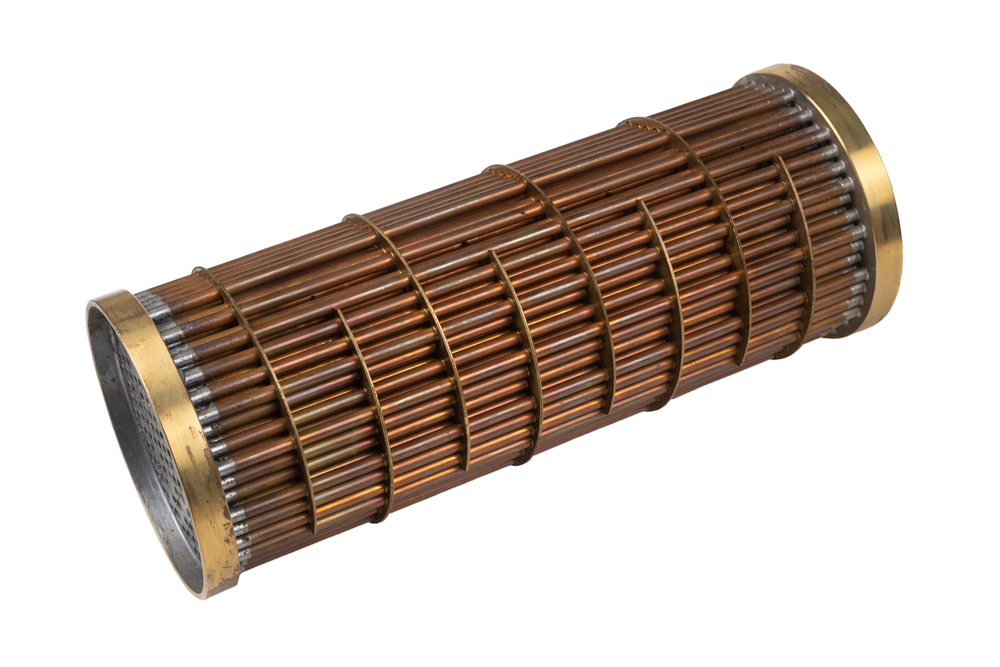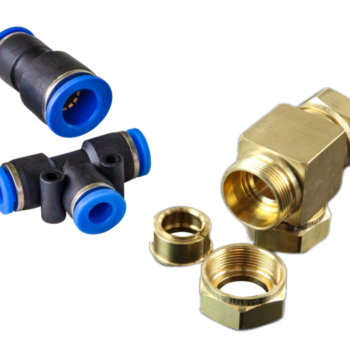Different Products Made from Brass: From Automotive to Aerospace
Brass, an alloy composed of copper and zinc, is renowned for its aesthetic appeal and multifaceted uses across various industries. Its unique combination of properties, including excellent electric and heat conductivity, makes it suitable for a diverse range of applications. Let's delve deeper into the world of products made from brass and explore the wide array of sectors brass parts manufacturers contribute to.
Diverse Applications of Products Made From Brass
You can find things made from brass in a range of industries, leaving an indelible mark on the manufacturing landscape. From aerospace and automotive to music and interior design, brass's versatility shines through in the following applications...

Brass in Home Décor Items
Brass has a significant presence in the realm of interior design and home decor. The golden hue of brass lamps, candleholders, picture frames, and other decorative pieces adds a touch of elegance and sophistication to living spaces.

Brass in Musical Instruments
The music industry benefits from the unique warm tone of brass that contributes to the distinct sound of brass instruments. Additionally, brass's antimicrobial properties ensure that brass musical instruments, such as trumpets, saxophones and tubas, remain relatively hygienic during use.

Brass in Plumbing Fixtures
Due to its durability and ability to withstand high temperatures, brass is commonly used in plumbing fixtures. Faucets, valves and taps crafted from brass offer both functionality and aesthetics, making them popular choices in plumbing applications.

Brass in Jewellery Making
Brass's appealing gold-like appearance and cost-effectiveness make it a preferred choice in the world of jewellery making. Durable and affordable, brass jewellery pieces cater to both fashion-conscious consumers and designers, as well as being perfect for costume jewellery.

Brass in Automotive Parts
The automotive industry benefits from brass's excellent electrical and heat-conducting properties. Brass radiator cores, connectors, and electrical terminals play pivotal roles in ensuring the smooth functioning of various automotive systems.

Brass in Aerospace Components
In the aerospace sector, brass plays a critical role in manufacturing fittings, connectors, and fasteners. Its reliable strength and conductivity make it suitable for crucial components in aircraft and space exploration.
Advantages of Using Brass Products
Durability and Long Lifespan
Things made from brass boast remarkable durability, especially when higher levels of zinc are present in the alloy. This durability extends the lifespan of brass items, making them ideal for industries like aerospace, automotive, plumbing and interior design.
Aesthetic Appeal and Unique Warm Tone
With its gold-like appearance, brass exudes an irresistible charm, making it a popular choice for products where aesthetics matter. The unique warm tone of brass enhances the overall appeal of any item it adorns.
Antimicrobial Properties
Brass's inherent antimicrobial properties prevent bacterial growth on its surface, making it a hygienic and safe material for use in various workplaces and homes.
Affordability
As a highly cost-effective material, brass offers a practical solution for various industries seeking economical yet functional products.
Are Things Made from Brass Sustainable?
High Recyclability
Brass is a highly recyclable material that can be reused infinitely without compromising its quality or aesthetic appeal. Its longevity and ability to retain its shine and colour even after multiple recycling processes make it an eco-friendly choice.
Energy-Efficient Production Process
The production of brass involves a highly energy-efficient process compared to other metals and alloys. The minimal use of electricity and gas in the manufacturing process further adds to brass's eco-friendly credentials.
The Future of Products Made From Brass
Given its advantages and sustainability benefits, brass is poised for a promising future across many industries. Technological advancements, such as CNC and streamlined manufacturing processes, are likely to enhance the accuracy and efficiency of brass product production.
Moreover, emerging trends indicate a growing demand for reusing and repurposing old brass products in modern-day applications. The fashion industry, in particular, might witness a surge in the use of brass for garments and accessories due to its aesthetic appeal and cost-effectiveness.
As industries continue to explore the vast potential of brass, its widespread availability and usage are expected to expand into new domains, including fashion and home decor, further solidifying its position as a versatile and sustainable material.



